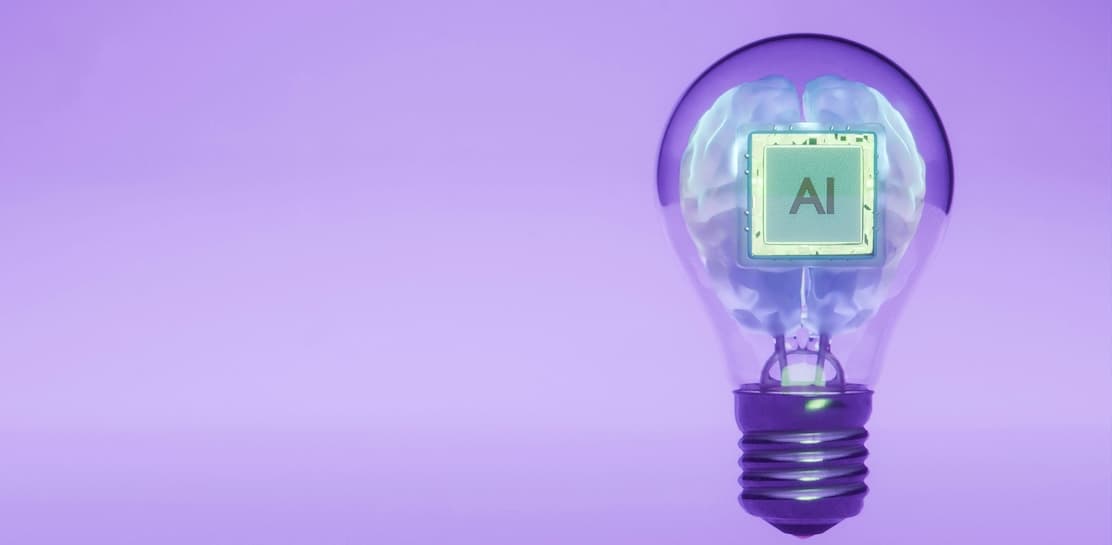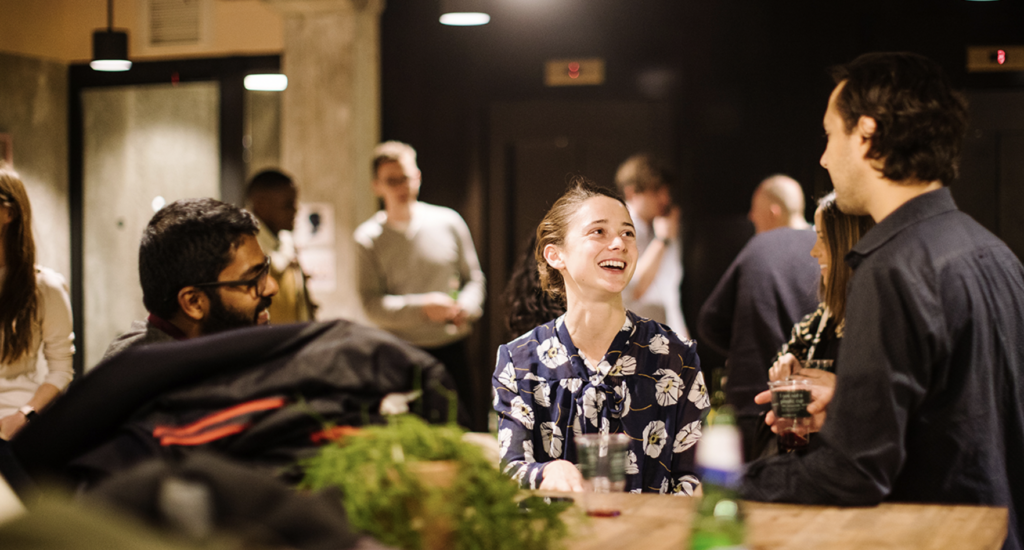Reimagining Creativity: Powerful Communications and Marketing in the Age of AI


At Clarity, we view AI as a strategic amplifier, enhancing our expertise and unlocking new levels of creativity and value. But as we discussed in our recent virtual discussion, “Reimagining Creativity: Creating Powerful Communications and Marketing Ideas in the Age of AI,” the heart of every powerful, creative idea must remain deeply human to drive genuine impact.
The discussion was moderated by Alice Spraggon, Clarity’s Vice President of Content and Engagement, featuring Will Julian-Vicary, CTO and the architect behind Clarity’s proprietary AI tool Clara, Mandy Galmes, Managing Partner at Sefiani, Rob Agnew, SVP of Strategy and Nick Smith, Market Intelligence Director as panellists.
Alice kicked off the conversation by setting the tone: “AI isn’t just another tool. It’s fundamentally reshaping the way we think, create, and deliver impact for our clients.” Yet, she emphasised, the core of the most valuable, strategic campaigns must remain “...deeply human.”
Clara is designed to support marketing and communications: not replacing our team’s creativity, but amplifying it. Alice explained, “Our approach is grounded in responsible innovation, transparency, and accountability.”
Rob went on to address the “...mechanical elephant in the room”: has AI completely transformed creative ideation? “AI will optimise the creative process in ways we can’t even imagine right now,” he said, pointing to AI’s potential as a research tool, creative testing platform, and validation engine.
However, he drew a crucial distinction: “Creativity, fundamentally coming up with the idea that drives strategy and difference for clients, will remain innately human for quite some time.” He pointed to two reasons: contextual relevance (humans’ ability to absorb and interpret information dynamically), and creative cut-through (AI’s tendency to revert to the mean, making true originality difficult).
Mandy agreed: “The best creative is always human-centric. The award-winning campaigns at Cannes Lions stood out because they were unexpected, boldly authentic, challenging the status quo, and even challenging the algorithms themselves.”
Yet, she cautioned, the rise of AI in campaign creation has triggered new ethical and transparency dilemmas, leading to updated industry guidelines and codes of conduct.
Nick described how AI has made the creative process more dynamic and insight-led. “AI and first-party data allow us to analyse real-time insights, identify emerging trends, and predict future outcomes. It helps us interrogate client briefs, reframe tasks as challenges, and deliver deeper contextual understanding.”
He stressed that AI not only automates processes, but “...can enhance our strategic thinking, transforming data into insight, and insight into meaningful connections with audiences.” He also highlighted the importance of rigorously checking AI-generated sources for credibility and recency, noting that “...trust in data is key.”
Tools like synthetic panels and AI-powered creative testing are gaining traction, but human oversight remains essential to avoid bias and ensure quality.
Rob explained that AI’s main value is in collaboration: “We’re bringing all the different functions together into a single working format, and have Clara in the meeting room with us, interpreting insights, identifying challenges, and evaluating choices in real time.”
This collaborative approach eliminates miscommunication found in traditional, linear creative processes, where insight is often lost as work moves between siloed teams. “Clara gives us back time, but more importantly, it optimises our creative output,” Rob added.
Mandy illustrated Clara’s value with real-world B2B examples. For a financial services brand, Clara helped the team rapidly develop a creative framework focused on both social impact and performance metrics. “Clara got us about 80% of the way, but we layered on human thinking, senior expertise, and industry understanding to create a winning campaign,” she said.
In another project, Clara helped distil a complex executive narrative into authentic, personalised messaging by synthesising huge volumes of information and checking tone of voice, turning generic “executive speak” into a compelling, unique story.
As campaigns move to execution, ethics and authenticity must be at the core. Will advised, “our internal policies and playbooks guide every step, with human ownership, critical thinking, and accountability always front and centre.”
Transparency is mandatory, he emphasised “If AI has produced an output, the client and end consumer must be aware of it.” There are strict ‘no-go’ areas, from deep fakes to fake diversity. “We work with real talent. We don’t use AI to fake diversity,”.
Mandy noted that many organisations adopting AI lack ethical frameworks, putting reputational and governance risks on the table. “Accountability is key, every piece of work is signed off by a human before it goes out. Teams must own the output, every time.”
So what capabilities and mindsets should creative professionals nurture? Rob’s advice was: “This is about being more human; having more experiences, being curious, and running toward topics you’re not already an expert in. Diverse experiences and open dialogue about AI create a culture of psychological safety and experimentation.”
Critical thinking, human psychology, and behavioural economics also remain vital, Nick said citing research showing audiences still value perceived human effort and skill, reinforcing the need for human creativity in an AI-augmented world.
As Mandy succinctly summarised: “AI won’t take your job, but someone who knows how to use it will. Be curious, experiment with the tools, and let them help you uncover ideas you never thought possible.”
To conclude, here’s what we can take away from this discussion.
AI is transforming marketing and communications, but the agencies on the front foot are those who harness its power to amplify (not replace) human creativity, insight, and accountability. At Clarity, we’re leading the way with responsible innovation and a steadfast commitment to keeping the human heart at the centre of every idea.
For more information on how Clarity can bring value to your business, click here to contact us now and watch the full webinar here.
Image provided by Unsplash, credit to Omar Lopez-Rincon
Receive all the latest news, events, and insights on B2B tech, marketing, and communications with Clarity’s free monthly newsletter.
As a consultancy, our full-funnel marketing and communications solutions are designed to fearlessly deliver business results across multiple industries and service areas.

Looking for a partner to help you reach your goals? We’d love to hear from you.